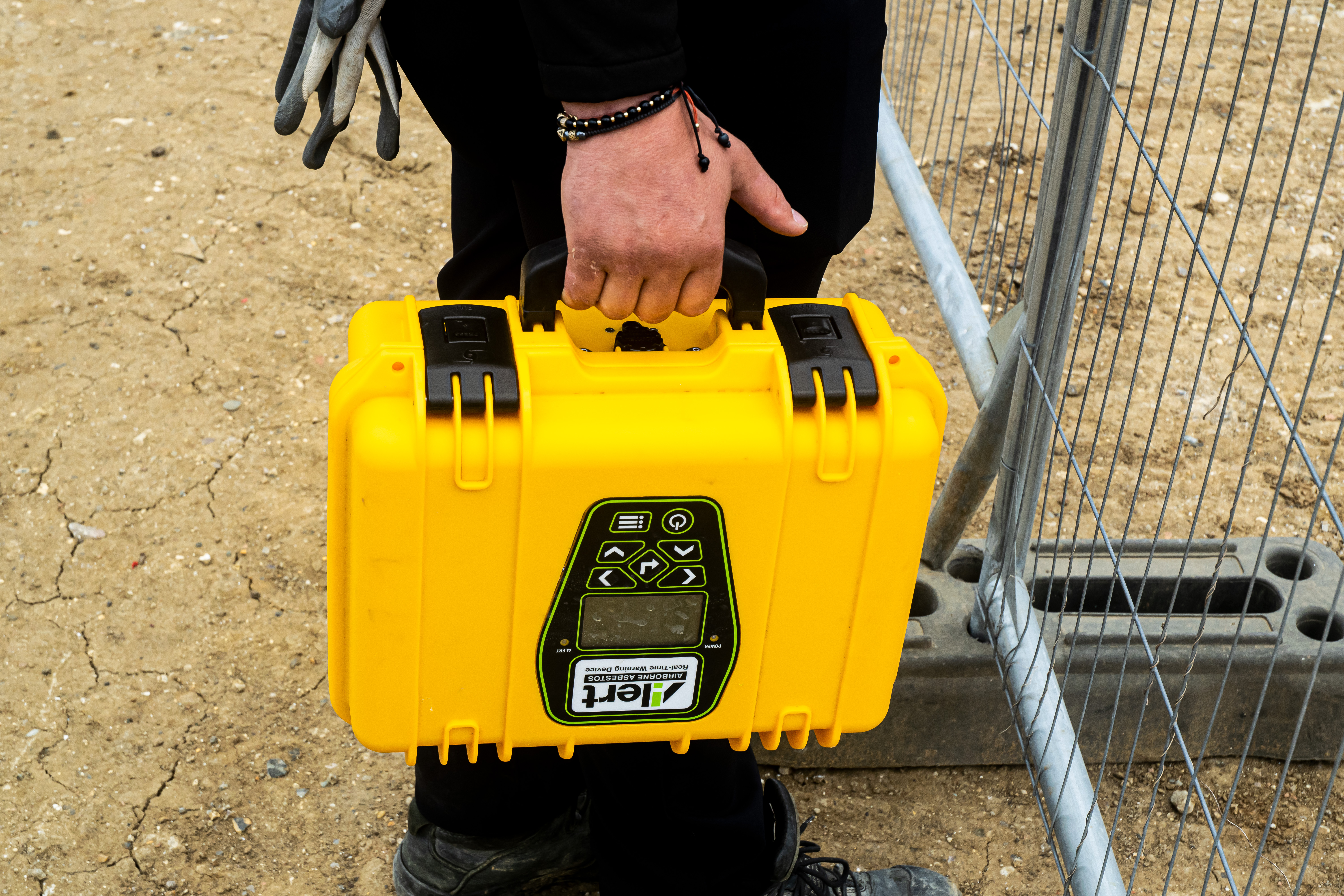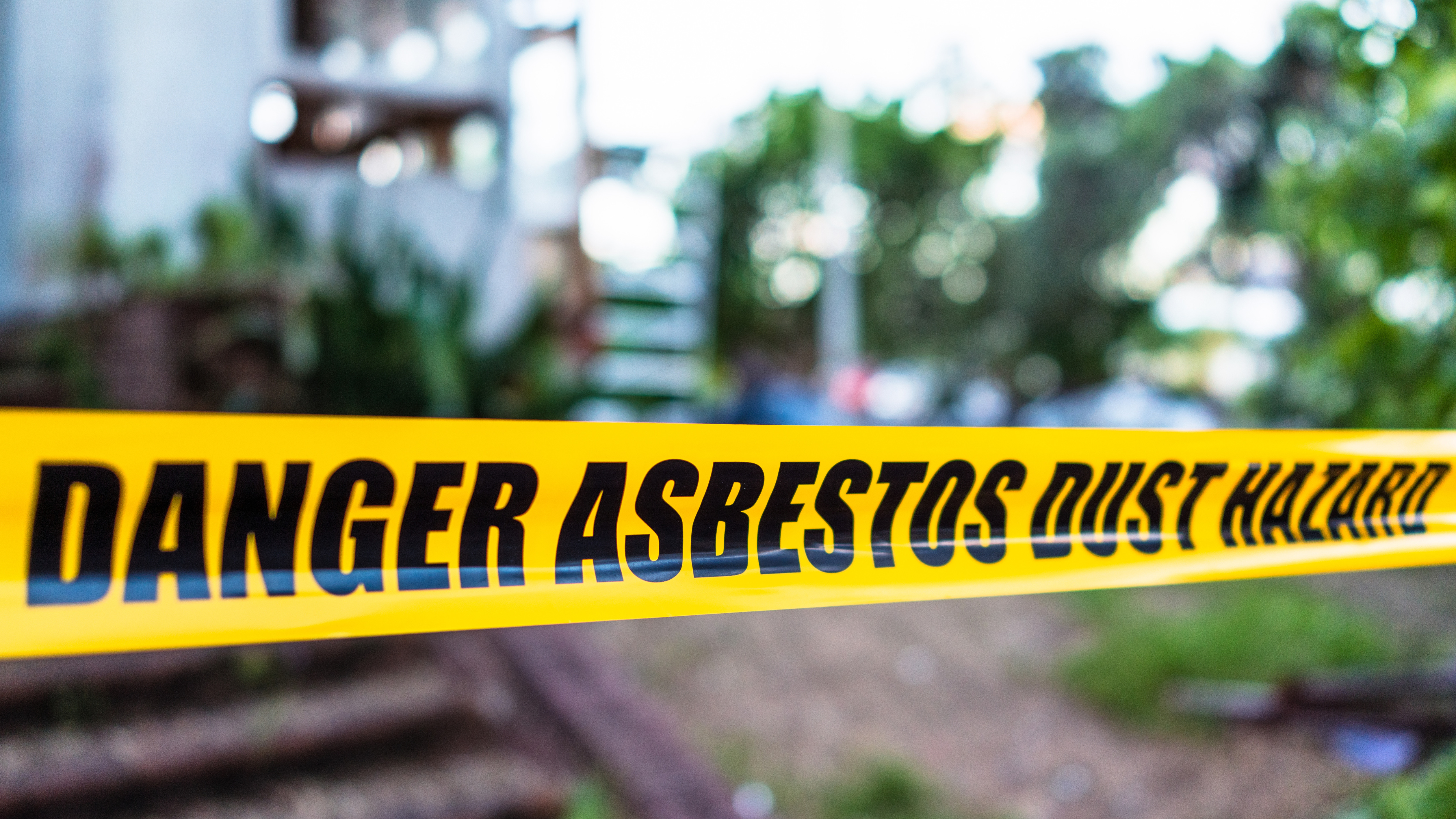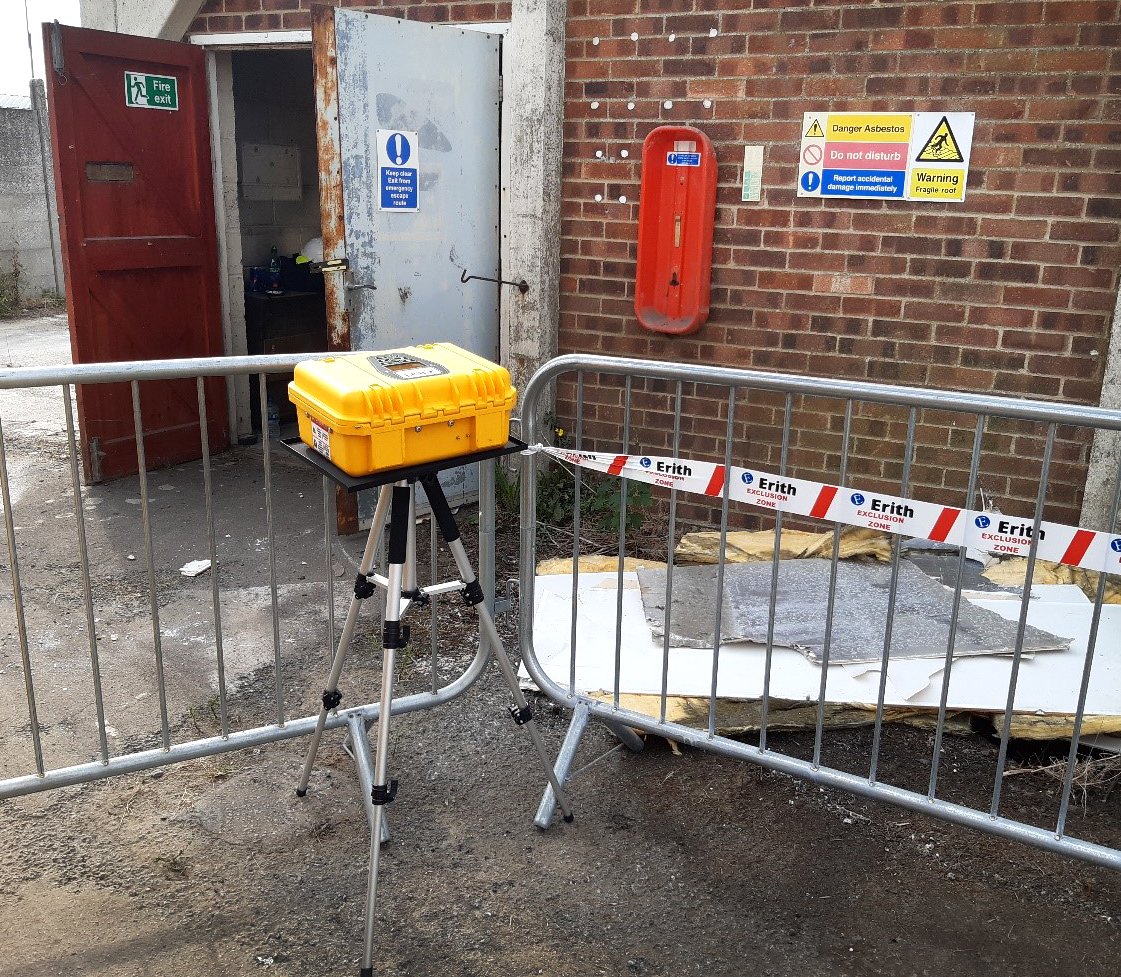Asbestos remains a significant concern within the construction and land remediation sectors. Its presence in legacy buildings (buildings built before the year 2000) necessitates a meticulous approach to ensure worker safety and regulatory compliance, drawing upon best practices outlined by the Health and Safety Executive (HSE) and the Asbestos Removal Contractors Association (ARCA).
Early Detection: The Cornerstone of Effective Management
The cornerstone of successful asbestos management lies in proactive detection. For projects involving potentially asbestos-containing materials (PACMs), engaging a UK Asbestos Surveying Contractor (UKAS) accredited surveyor is paramount. These qualified professionals will conduct a thorough survey, meticulously identifying asbestos types, their condition, and their precise location within the building envelope. This comprehensive data informs the creation of an Asbestos Management Plan (AMP), a crucial document that outlines safe work practices and, crucially, dictates whether asbestos abatement or encapsulation is the most appropriate course of action.
Licensed Abatement: Prioritising Worker Wellbeing
Should the AMP mandate asbestos removal, only a licensed asbestos removal contractor (LARC) with the requisite training and equipment should undertake the task. Strict adherence to the Control of Asbestos Regulations 2012 (CAR 2012) is mandatory. This includes the use of negative pressure enclosures, personal protective equipment (PPE) for workers, and rigorous air monitoring procedures.
Technological Advancements: The Alert Pro Advantage
Modern technology offers valuable tools to enhance worker safety and project efficiency during asbestos removal. The Alert Pro asbestos detector represents a significant advancement in this domain. This innovative instrument provides real-time monitoring of airborne asbestos fibres, empowering project managers to ensure workers remain safe and limit exposure risk.
Beyond Safety: The Data-Driven Approach
The benefits of the Alert Pro extend beyond immediate worker safety. The real-time data it generates offers invaluable insights for:
- Risk Assessment: By pinpointing areas with elevated airborne fibre concentrations, risk assessments can be continually refined, allowing for targeted interventions and improved work practices.
- Verification of Removal: Data generated by the Alert Pro can be used to demonstrate a successful clean-up to regulatory bodies and provide tangible peace of mind to building occupants.
- Process Optimisation: Through real-time monitoring, areas requiring additional decontamination efforts can be readily identified, streamlining overall project timelines and resource allocation.
A Collaborative Approach to Asbestos Management
Effective asbestos management necessitates a collaborative approach. By prioritizing early detection, employing licensed contractors, and embracing innovative technologies like the Alert Pro, construction and remediation professionals can ensure worker safety, project efficiency, and unwavering compliance with UK regulations1.

Demystifying the Threat: A Closer Look at Asbestos Types, Uses, and Health Risks
While the previous section outlined the critical steps for managing asbestos risk, a deeper understanding of the material itself empowers construction and remediation professionals to make informed decisions. This article delves into the various types of asbestos, their historical applications, and the associated health concerns.
A Family of Fibres: The Different Types of Asbestos
Asbestos isn't a single entity; it's a collective term for six naturally occurring fibrous minerals. These minerals are generally classified into two sub-groups:
- Serpentine Asbestos (Chrysotile or White Asbestos): Widely used in the past, Chrysotile boasts soft, flexible, and curved fibres, posing a comparatively lower health risk.
- Amphibole Asbestos (Crocidolite-Blue Asbestos, Amosite-Brown Asbestos, Tremolite, Actinolite, and Anthophyllite): These brittle fibres, often rod- or needle-like, are significantly more hazardous due to their ability to become deeply lodged in the lungs.
Where was Asbestos used?
Asbestos' unique properties – heat resistance, strength, and fireproofing capabilities – led to its widespread use across numerous industries before the recognition of its health risks. Common historical applications included:
- Building Insulation: Lagging for boilers and pipes, sprayed coatings, and even ceiling tiles.
- Automotive and Industrial Applications: Components within car brakes and floor tiles.
- Fire Protection: Insulating board for buildings and ships.
- Construction Materials: Asbestos cement for roofing sheets and pipes.
The Phase-Out of Asbestos in the UK
Recognizing the severe health consequences of asbestos exposure, the UK implemented a phased ban on its use. Blue and brown asbestos imports were prohibited in 1985, followed by a complete ban on all forms, including white asbestos, in 1999.
Environmental Considerations: The Persistent Presence of Asbestos
Despite the ban, asbestos remains present in the environment. Natural weathering of asbestos-containing rock formations (such as Metamorphosed Iron Formations) and damage to existing asbestos-containing products can release fibres into the air. Furthermore, older buildings may still contain asbestos materials. This necessitates caution during DIY work in such structures.
Exposure and Health Risks: Understanding the Threat
The primary route of asbestos exposure is inhalation of airborne fibres. Ingestion can also occur if asbestos contaminates soil or drinking water. Occupations like demolition, asbestos abatement, and building repair carry a heightened risk of exposure. However, it's crucial to remember that the mere presence of asbestos doesn't guarantee exposure; direct contact with disturbed fibres is necessary.
A Devastating Legacy: The Health Impact of Asbestos
Asbestos-related diseases, such as mesothelioma and lung cancer, often take decades to develop and are incurable. Tragically, asbestos exposure claims the lives of around 5,000 people annually in Great Britain. However, it's important to note that undisturbed and well-maintained asbestos poses a minimal risk.
UK's Asbestos Landscape: A Closer Look at Domestic Types
While all forms of asbestos are hazardous, the UK primarily encounters six specific types:
- Chrysotile (white asbestos).
- Amosite (brown asbestos).
- Crocidolite (blue asbestos) – a commonly found type.
- Tremolite, Actinolite, and Anthophyllite – are less frequently encountered.
By understanding the different types of asbestos, their historical applications, and the associated health risks, construction and remediation professionals can effectively manage asbestos-containing materials and prioritise worker safety throughout the project lifecycle.

.png?width=1920&height=1080&name=asbestos%20Article%20(2).png)


.png?width=2640&height=1485&name=asbestos%20Article%20(1).png)











